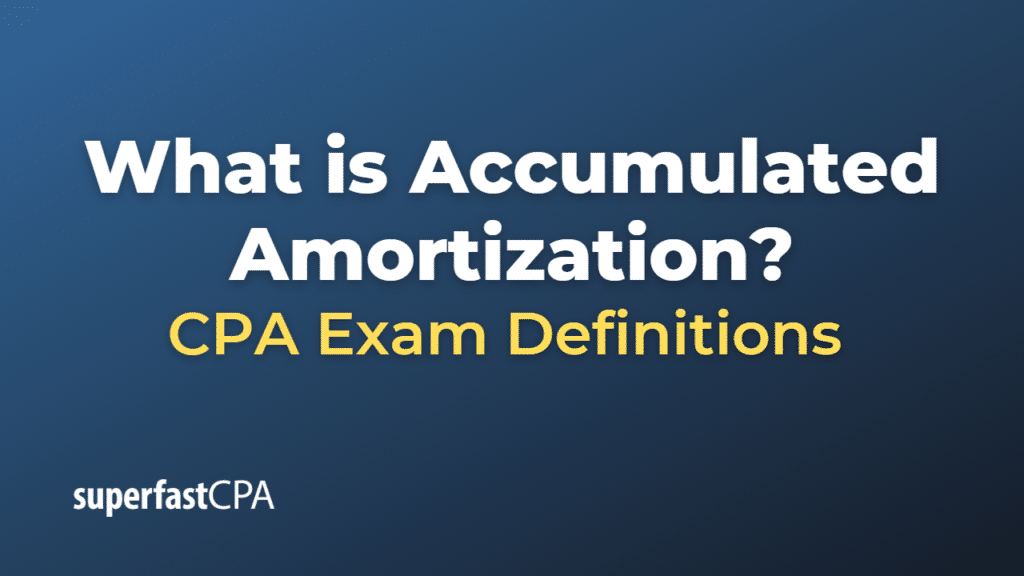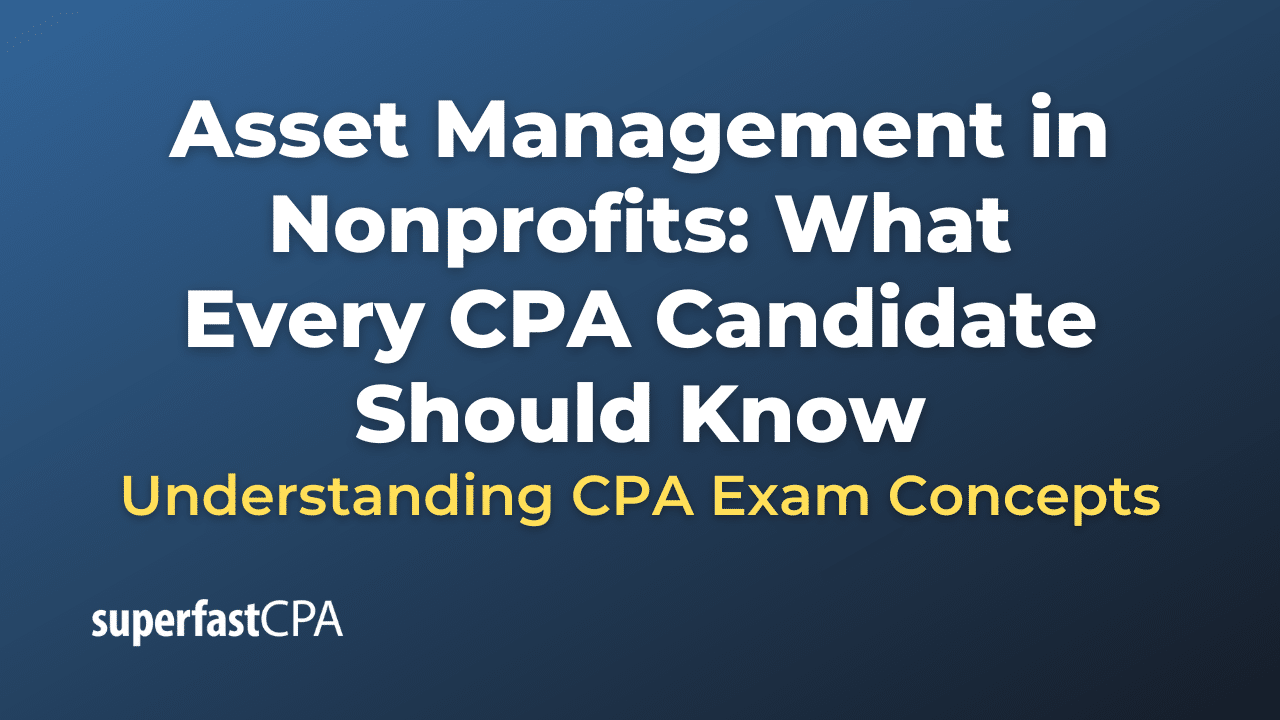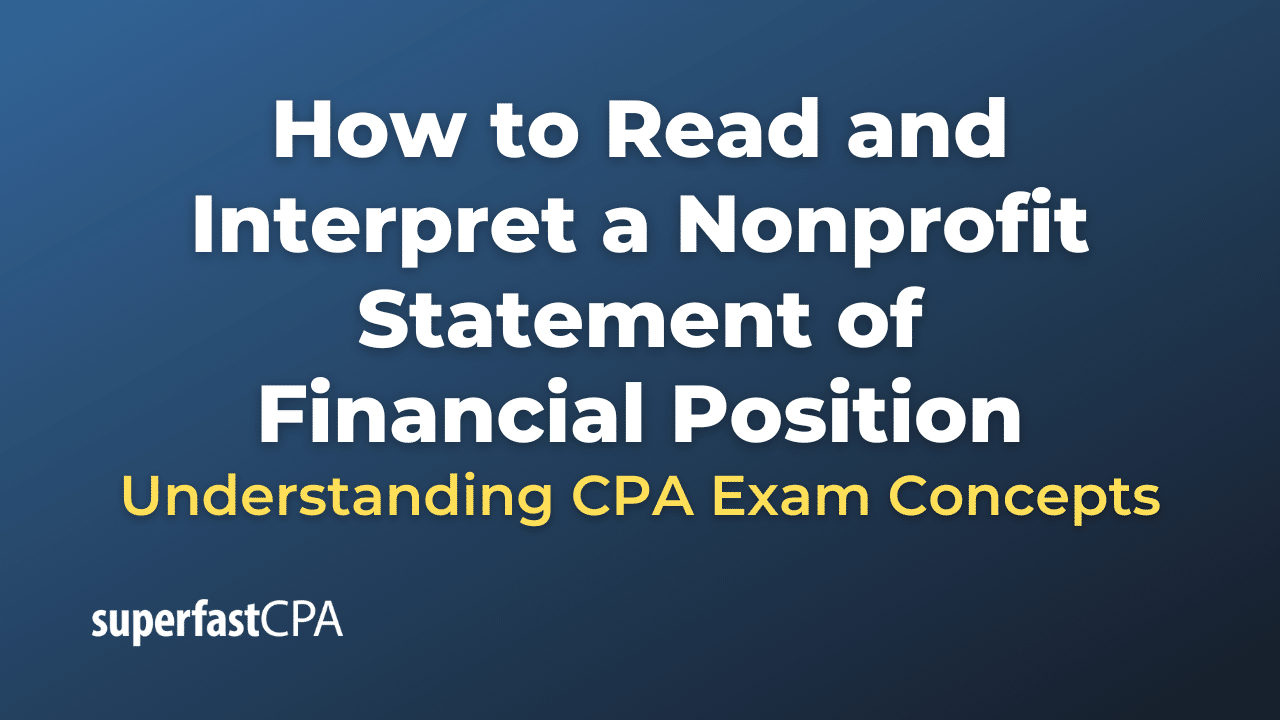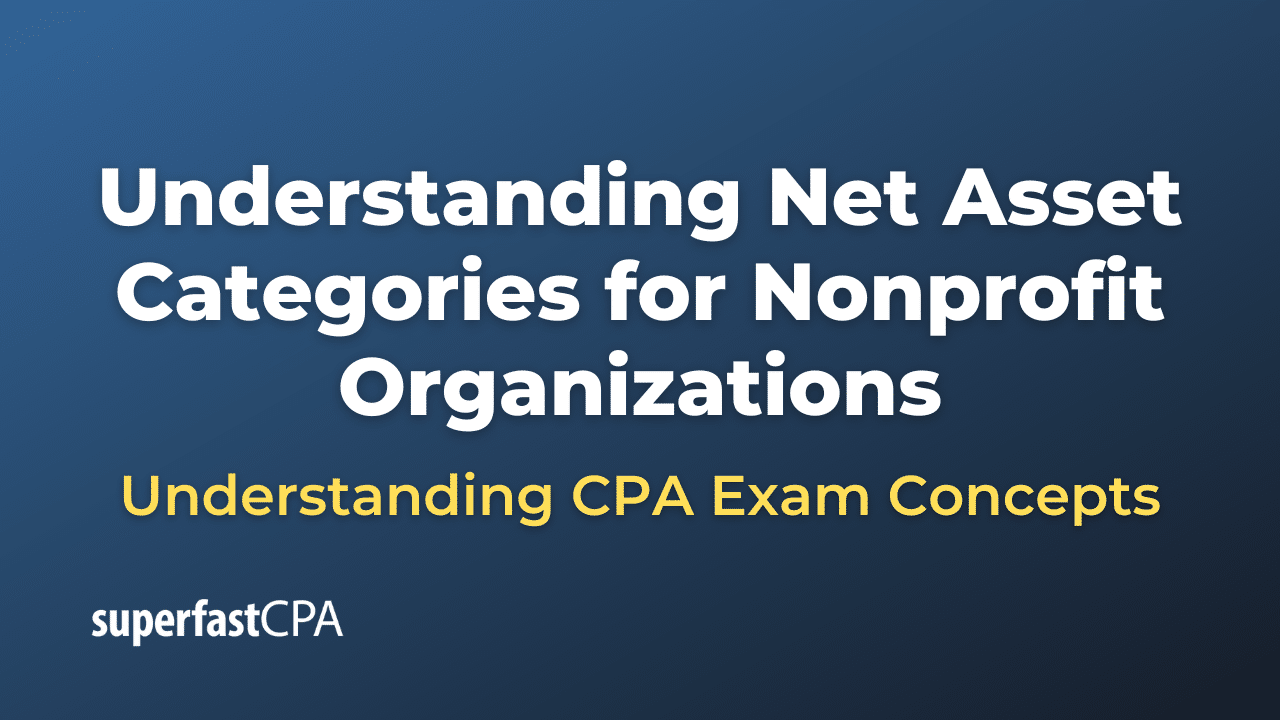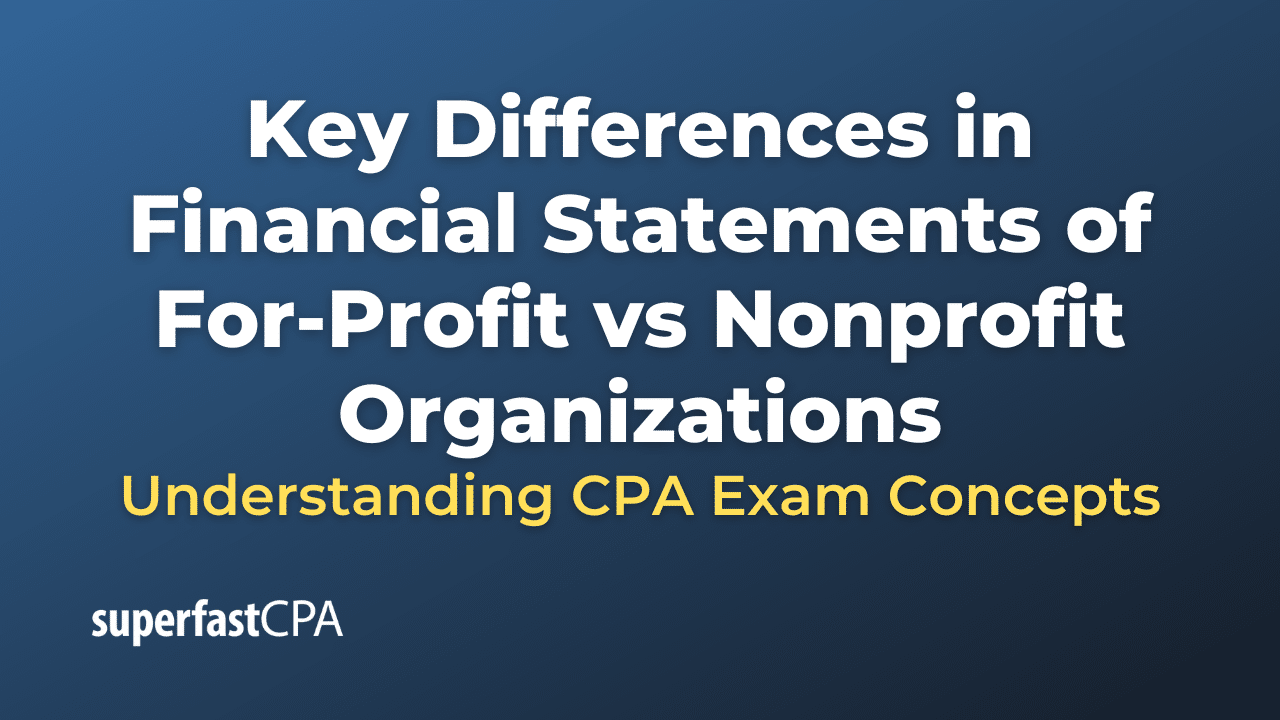Accumulated Amortization
Accumulated amortization is the cumulative amount of amortization expense that has been recognized against an intangible asset over its useful life. Intangible assets, such as patents, trademarks, copyrights, and software, have a limited useful life, and their cost is systematically allocated over that life using the process of amortization.
Accumulated amortization is a contra-asset account, meaning it is presented as a deduction from the related intangible asset on the balance sheet. The net value of the intangible asset, also known as its carrying value, is calculated by subtracting accumulated amortization from the asset’s original cost.
Example of an Accumulated Amortization
Suppose a company purchases a patent for $100,000, and the patent has an estimated useful life of 10 years. The annual amortization expense for the patent would be $10,000 ($100,000 ÷ 10 years).
At the end of the first year, the company would record the following journal entry to recognize the amortization expense:
Debit: Amortization Expense – $10,000 Credit: Accumulated Amortization – $10,000
After the first year, the accumulated amortization account would have a balance of $10,000, and the carrying value of the patent on the balance sheet would be $90,000 ($100,000 – $10,000).
By the end of the patent’s useful life, the accumulated amortization account would have a balance equal to the original cost of the patent, and the carrying value of the patent would be zero, as the entire cost of the patent has been allocated over its useful life.

